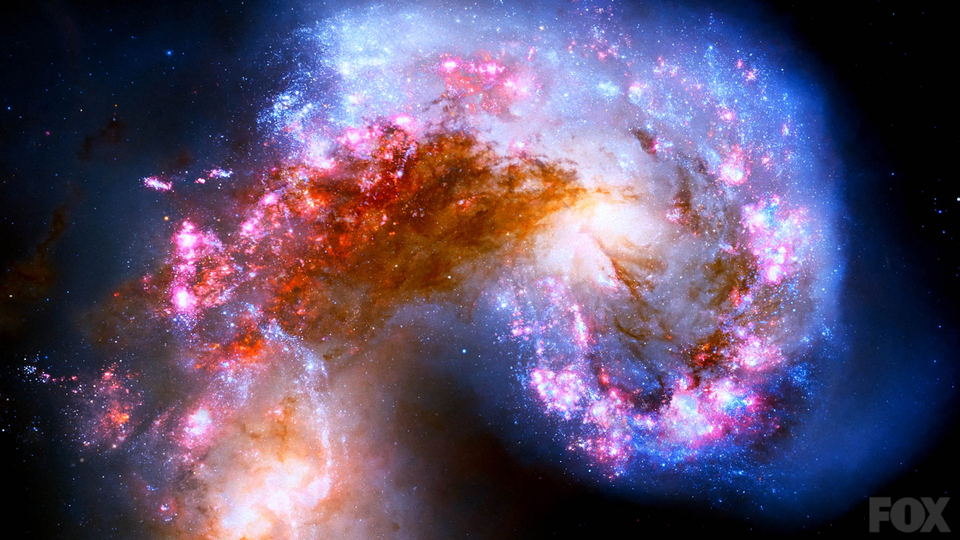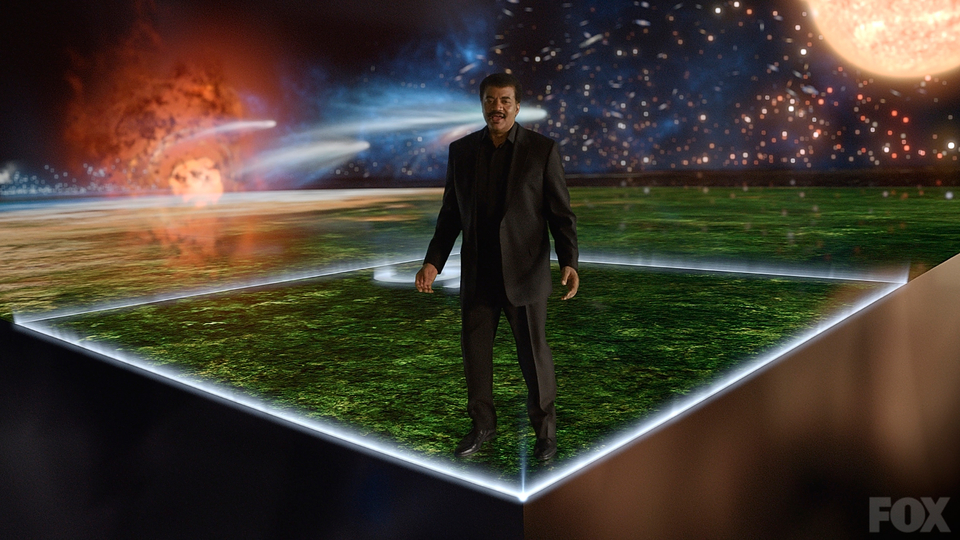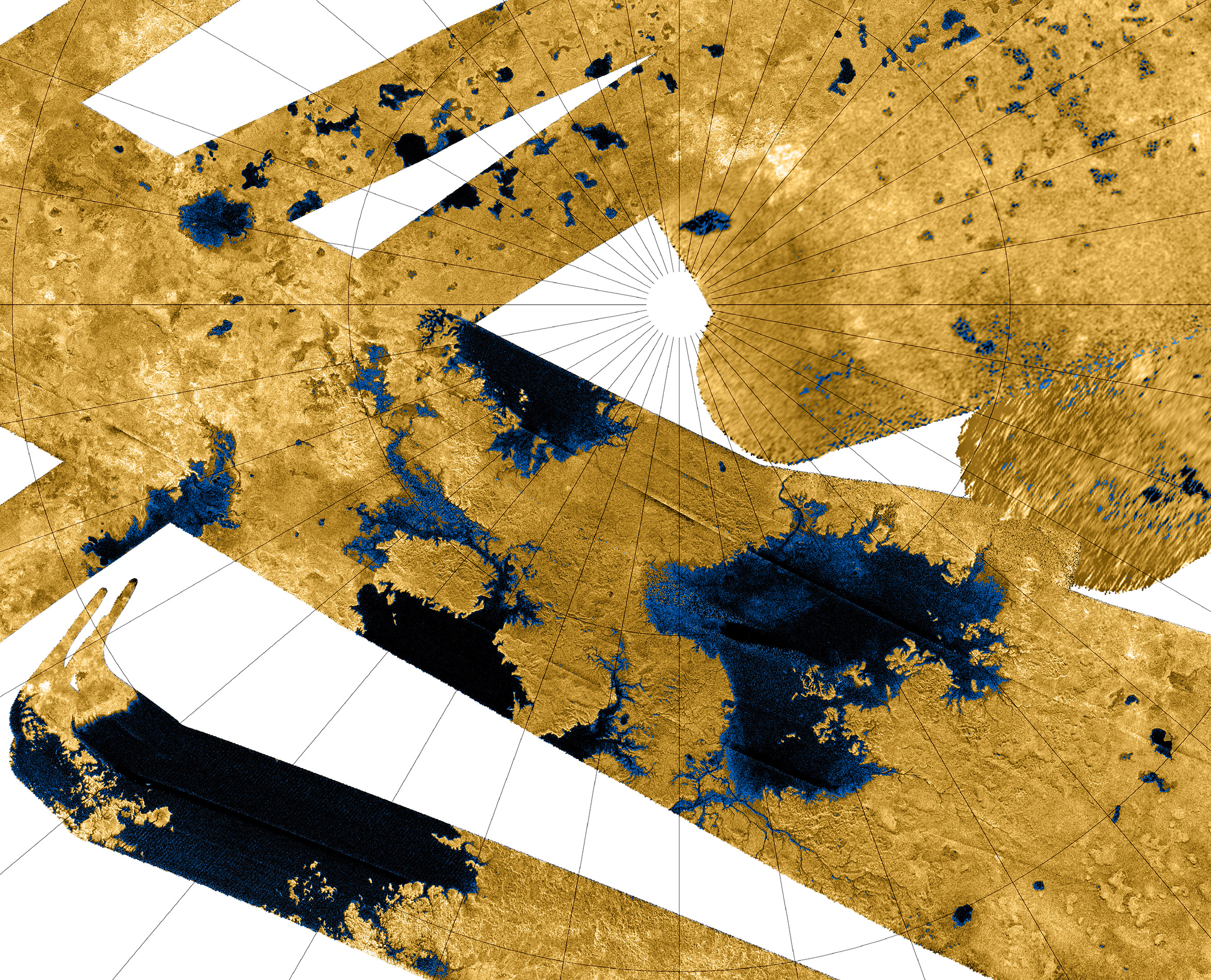- Organic pesticides are not less harmful (short or long term) than conventional pesticides. They are often much more hazardous and stick around longer than the conventional equivalent.
- Conventional pesticides are tightly controlled, with acceptable limits set to 100 times less than the smallest amount shown to cause harm in a wide range of animal studies (short and long term). Typically, levels detected in actual produce are 100 times below the limit, or 10,000 times less than levels necessary to cause any noticeable harm.
- Organic pesticides do not have these same controls and guidelines because the same regulations don't apply. You don't know what or how much you're eating. I'm not saying that this is necessarily dangerous, just that you're being hypocritical if you avoid conventional foods to avoid unknown effects of low exposures to pesticides. The organic pesticides are the (relatively) unknown, unstudied, untested option.
- Organic and conventional farmers show no difference in their overall health, for those of you worried about their exposure.
- Most pesticide exposure is environmental, and doesn't even come from food-related use of pesticides!
- There is even evidence for hormesis (a beneficial effect of exposure levels below that shown to cause harm) for many pesticides and other "chemicals". Weird, but true.
You have to think about the difference between the leafy-green, sunshine and rainbows image that the word "organic" puts in your head and what it actually means. I would also prefer to eat food grown on the farm I imagine when I sing "Old McDonald had a farm", but that's not what's going on. What's going on is the creation of a false perception of danger in order to get you to pay more for less. I'd say that sounds more Animal Farm than Old McDonald.













